Wild West Words: Steak Terms

It is true that the Vikings robbed, plundered and terrorized the peaceful farmers and fishers of the British Isles for centuries. But after abandoning their aggressive peripatetic impulses, the Vikings settled peaceably with the native Anglo-Saxons, exchanging technology, customs, marriage vows, and language.
The natives eventually adopted hundreds basic of terms from the Viking vocabulary such as sky, skin, egg, birth, want, root and give.
Steak is another on this serviceable roster. The term is derived from steik, an Old Norse Viking word meaning “roasted meat,” or more specifically, “meat roasted on a stick,” and applied to the flesh of any animal.
The word was folded into English at least by 1420, when an early cookbook instructed readers how to “make stekys of venysoun or Beef.” Throughout the centuries, the word was spelled styke, steke, and steyke, arriving at its modern spelling steak by the mid 1600s.
Qualified terms such as mutton steak, pork steak, cod steak, veal steak, sea steak and two-eyed steak (facetiously, a red herring) appeared throughout the 18th and 19th centuries. Most modern English speakers associate the term steak with various slices of beef.
Though the term steak is of ancient vintage, steak vocabulary has become increasingly specialized over the last century as recipes and cooking methods evolved.
Here is a brief glossary of recently-coined beef terms, some of which you may encounter at your nearest Montana steakhouse.
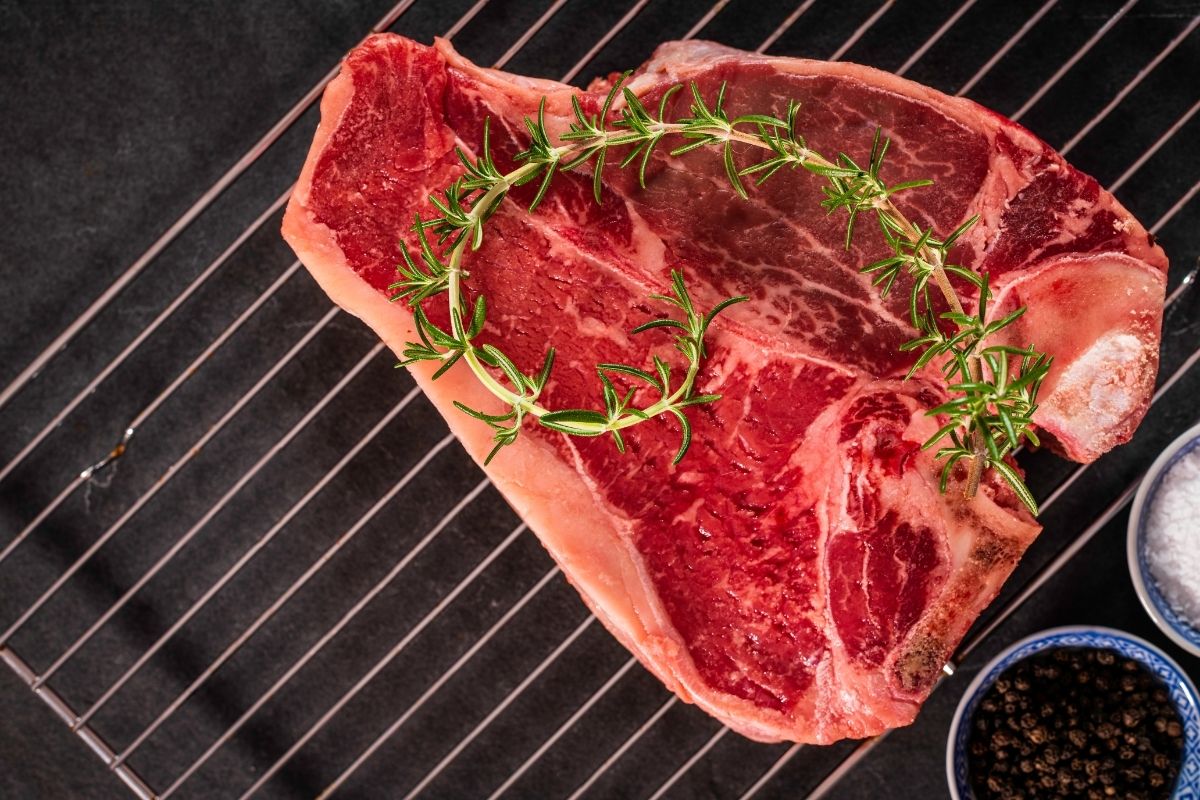
Porterhouse Steak A classic American steakhouse steak. Some see it as a T-bone with a larger portion of tenderloin. The term, first cited in an American document dated 1842, is thought to derive from pub-like “porterhouses” that served porter and other ales, as well as hearty steaks and chops, to American laborers.
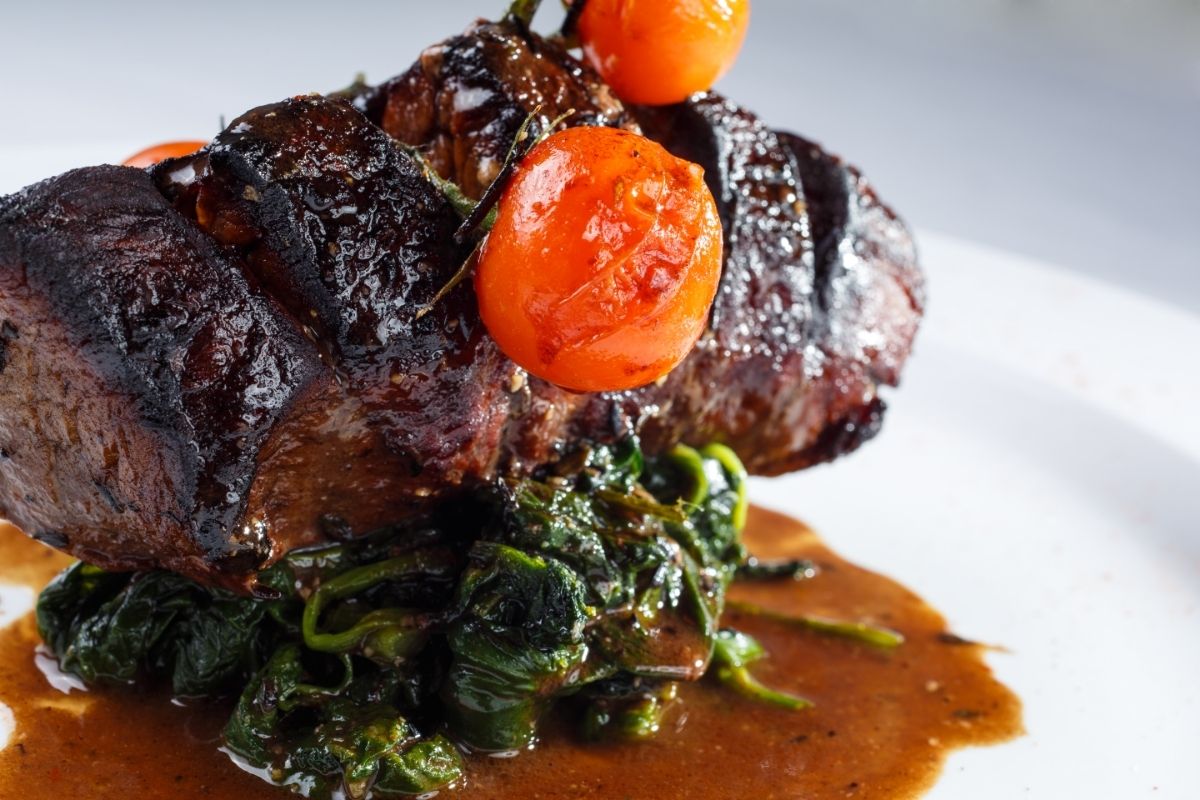
Chateaubriand
Perhaps not so much in circulation these days, but etymologically interesting nevertheless. The name refers to a dish of roasted tenderloin served with mustard or béarnaise sauce, romantically prepared for two. The dish, invented by a French chef in 1822, was named in honor of writer and ambassador François René, Vicomte de Chateaubriand (1768-1848).
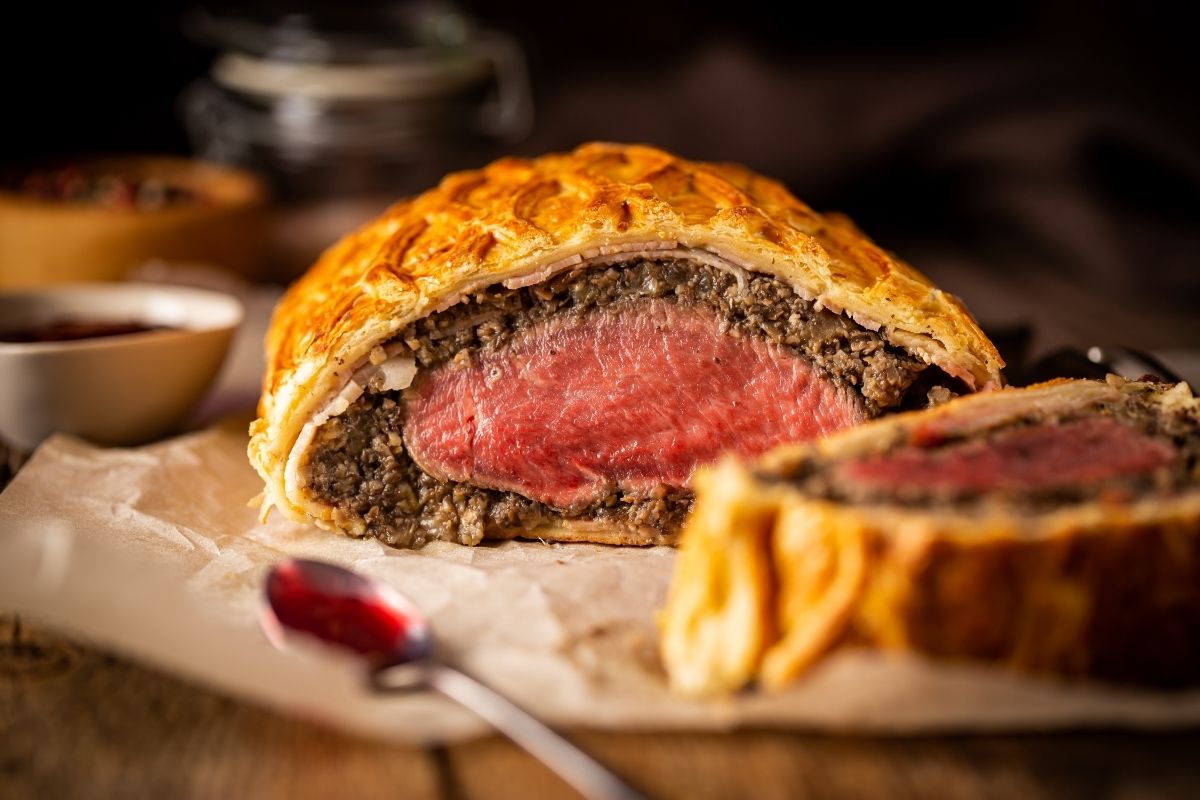
Beef Wellington Tenderloin or filet mignon covered in foie gras and sautéed mushrooms, wrapped in a puffed pastry, and then baked. Sources offer varying etymologies, but the most popular has the sumptuous preparation named after Great Britain’s “Iron Duke,” Arthur Wellesley, the First Duke of Wellington (1769-1852), who triumphed over Napoleon at Waterloo.
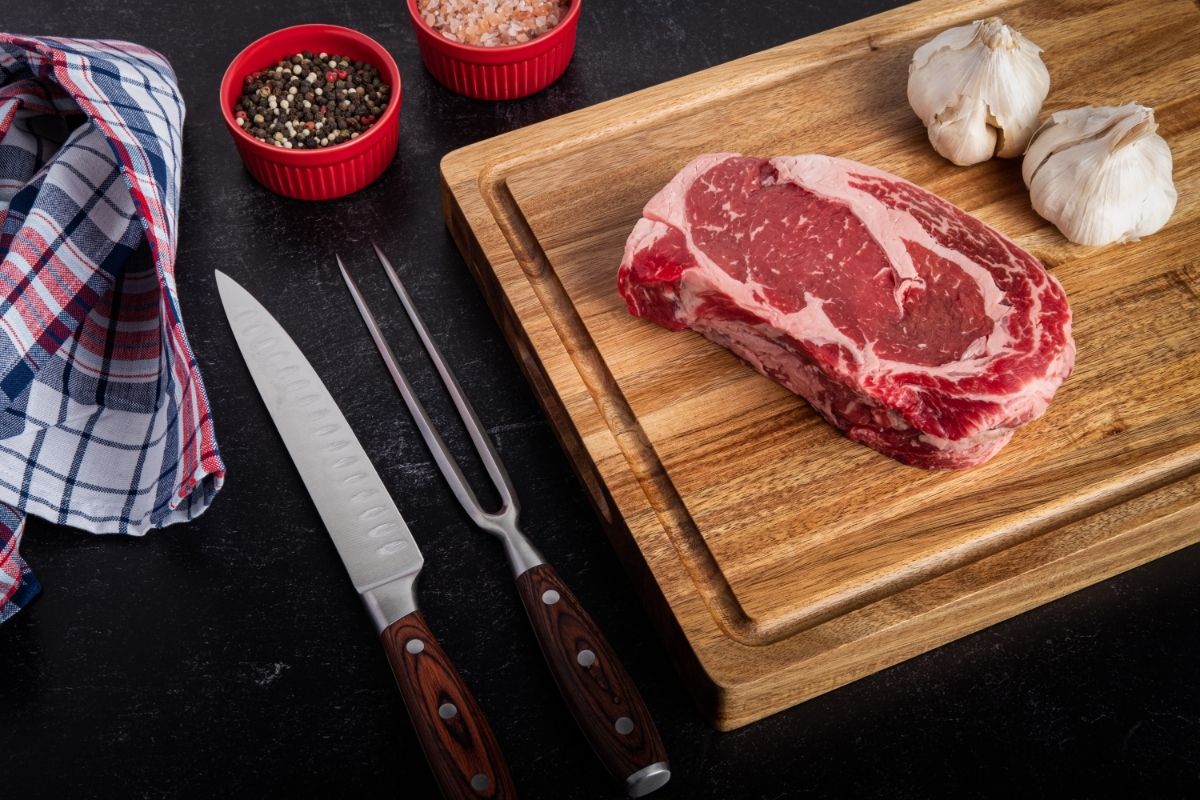
Delmonico
Generally prepared from a boneless rib-eye cut. Named for the celebrated New York City restaurant, it was offered to diners in 1850. Delmonico, in turn, is the surname of two Swiss-born brothers who founded a New York City café in 1827. Many iterations later, Delmonico’s is now associated with luxurious dining, with its signature steak always on the menu.

Salisbury Steak
Not really a “steak,” but rather a preparation of ground beef drenched in rich brown gravy. It is the eponym of its inventor, American physician James Salisbury (1823-1905), who promoted a diet of ground beef and water for optimal health. The term Salisbury Steak showed up in print for the first time in the 1897 cookbook A Manual of What to Eat. Today, many will remember the dish as the main course of frozen TV dinners.
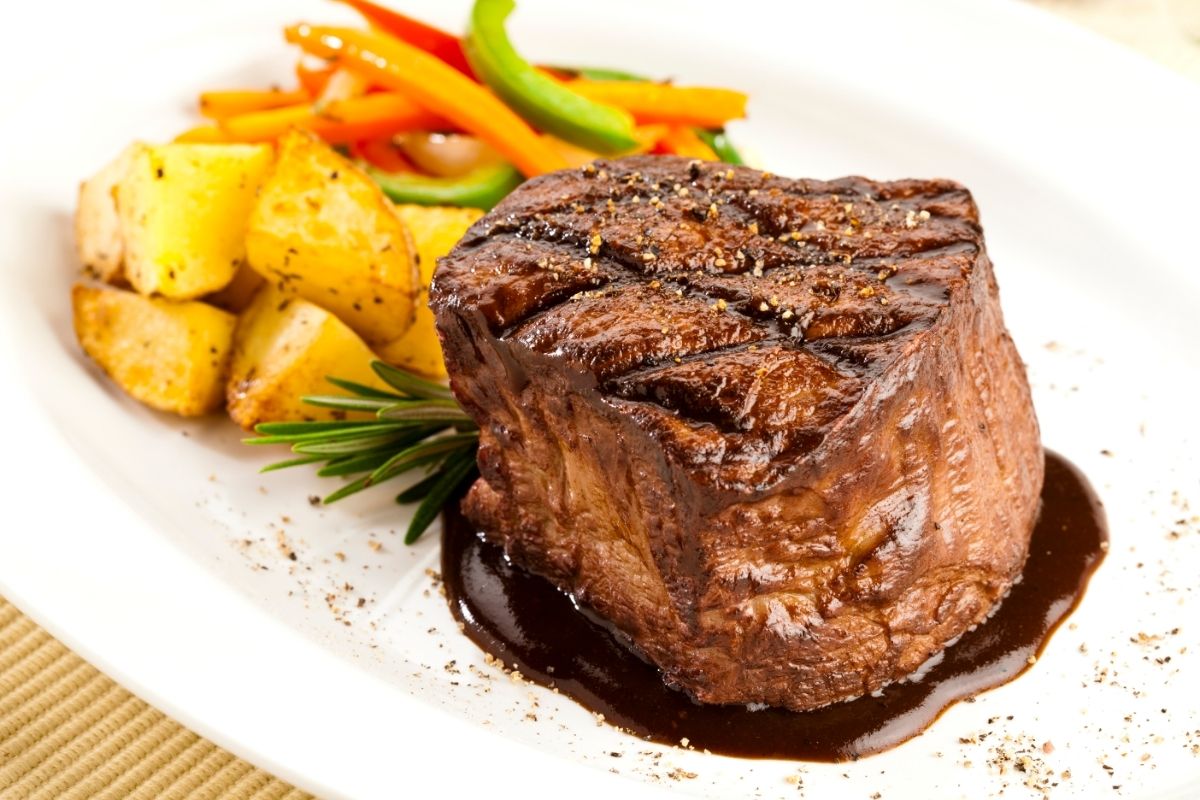
Filet Mignon
The most tender and expensive cut of beef. French for “delicate thread,” the cut was so named because the original preparation was allegedly tied up in a string. The Oxford English Dictionary traces an early use in American literature to O. Henry’s 1906 collection of short stories The Four Million.
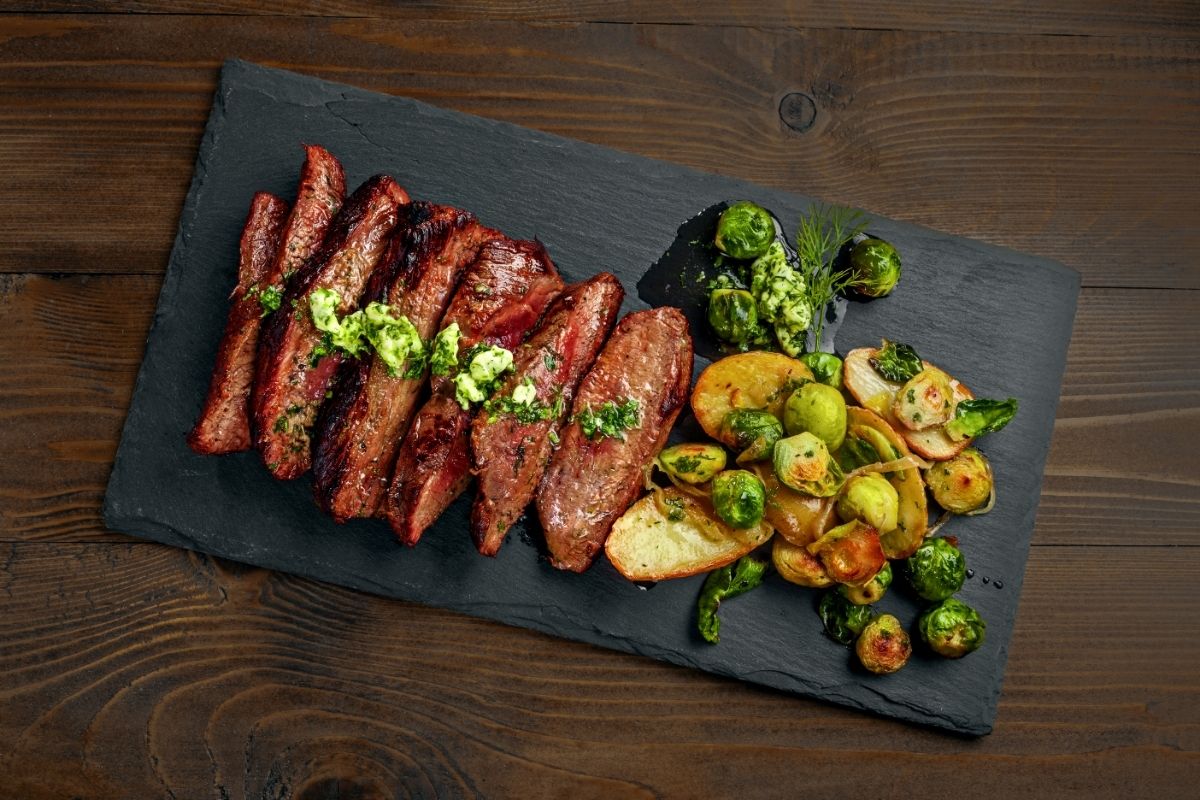
Hanger Steak
Named because it “hangs” from the diaphragm between the rib and the loin of the animal. Called butcher steak and oyster steak in the past, it has only recently been promoted under this trendy American name. The Oxford English Dictionary finds its first citation in a 1988 edition of the New York Times.



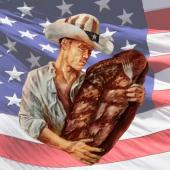




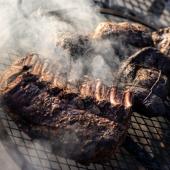



Leave a Comment Here